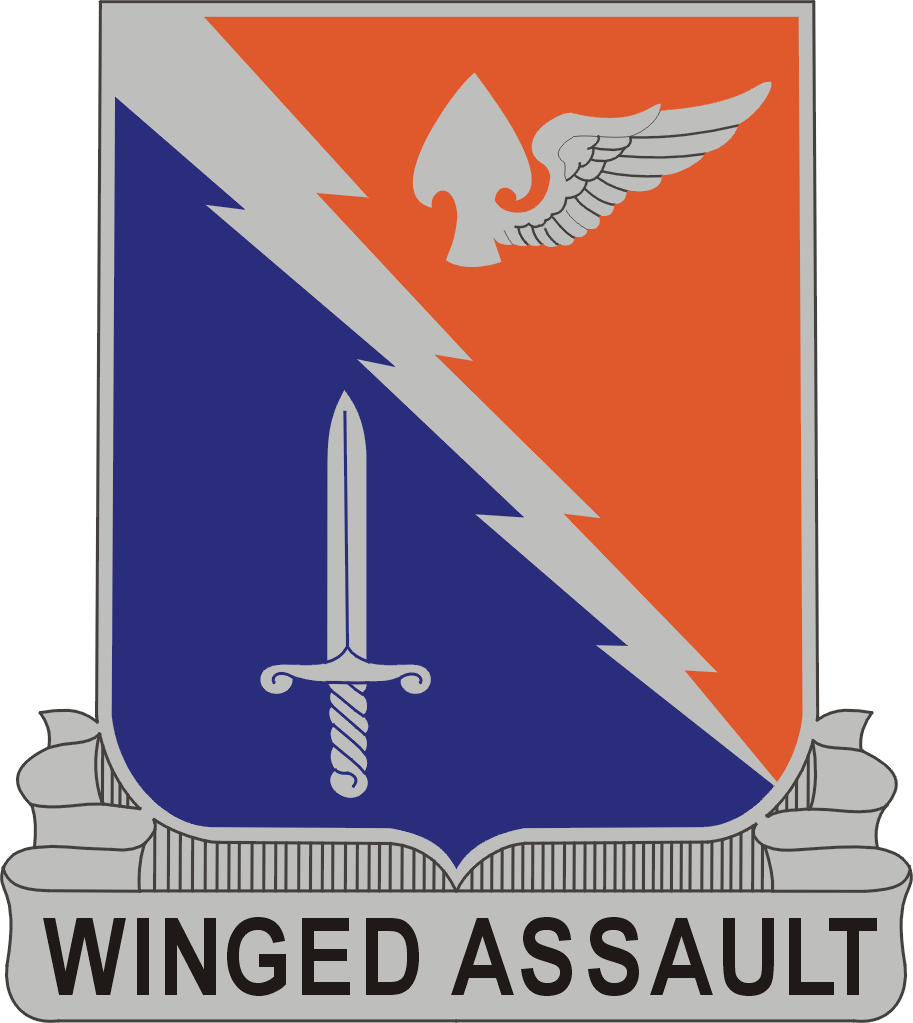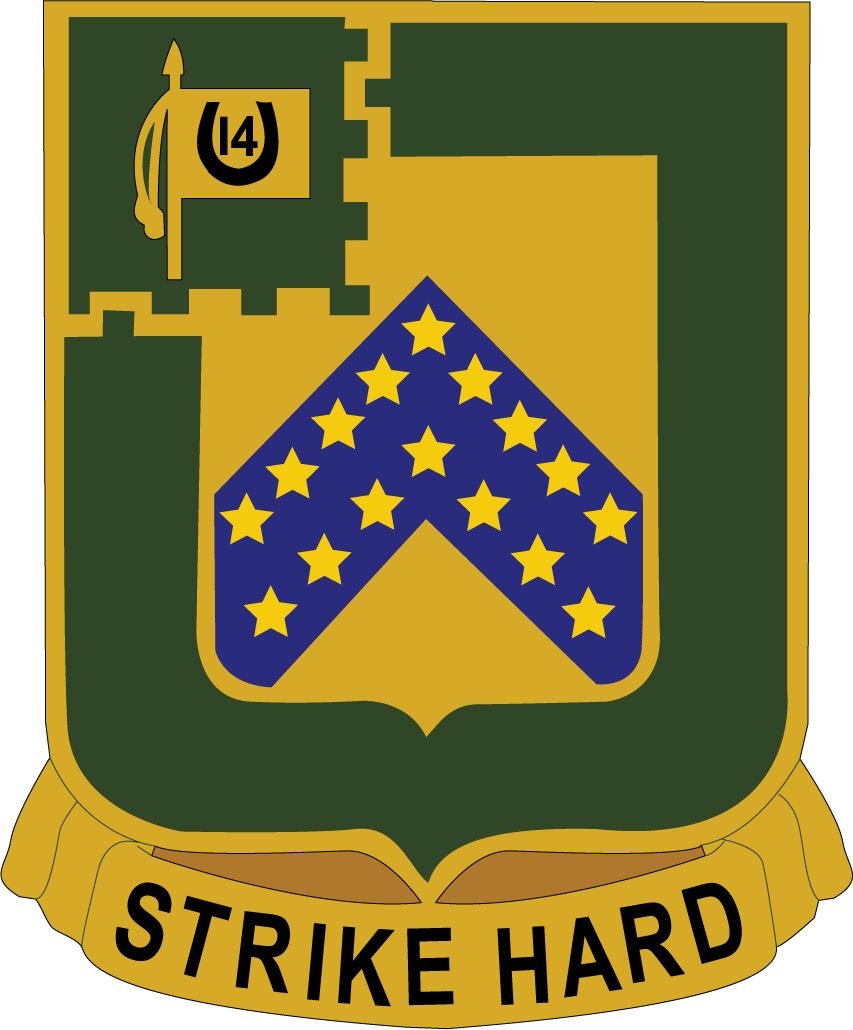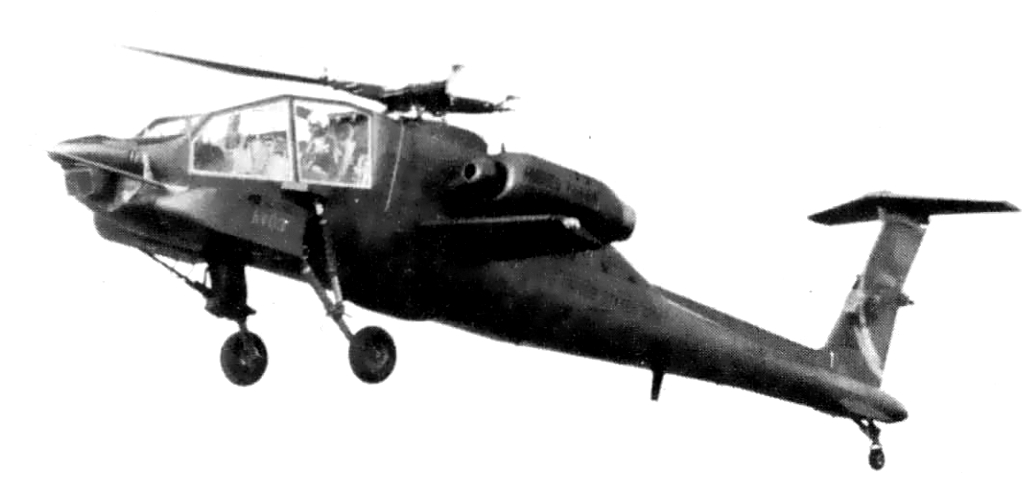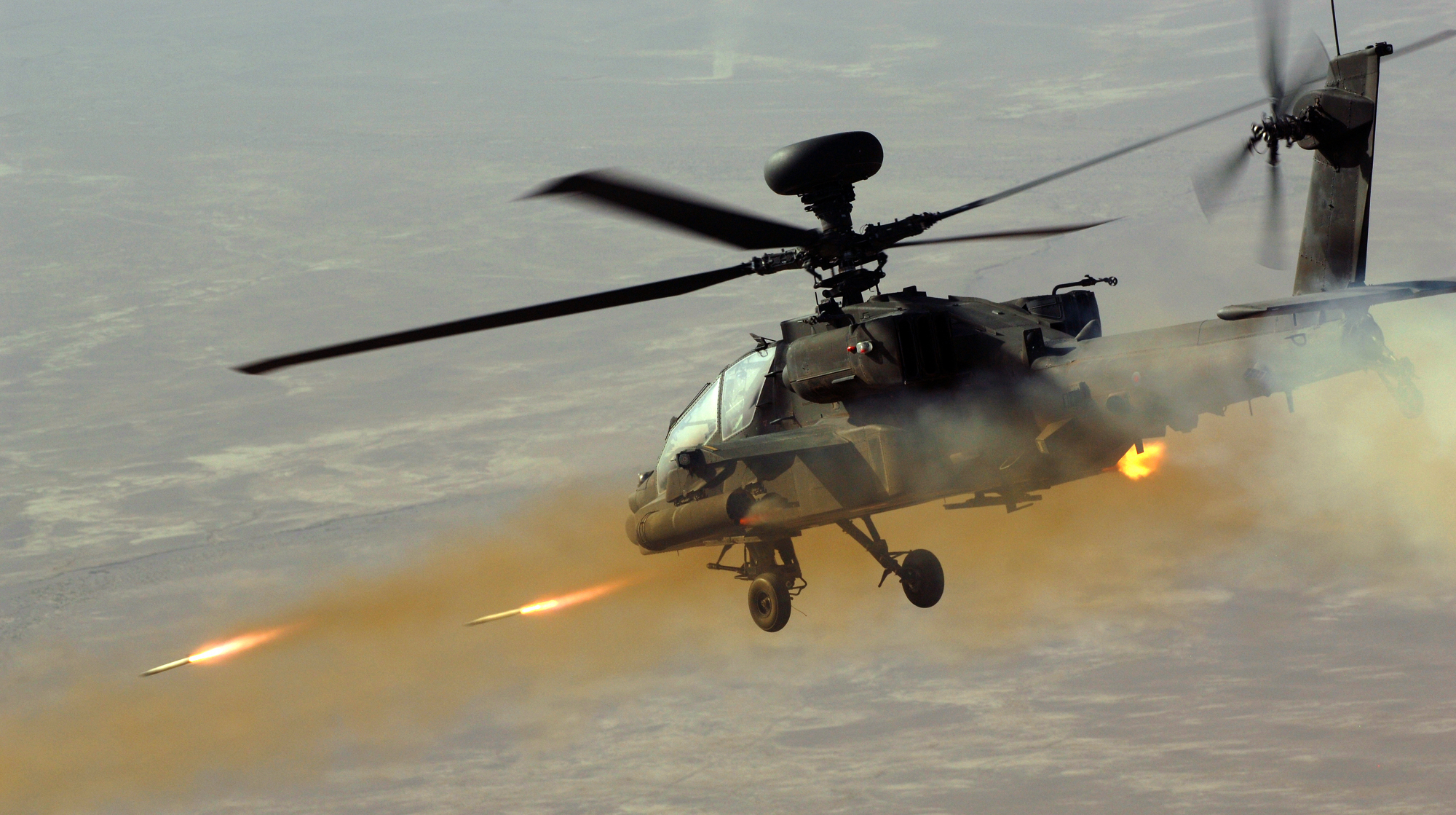|
229th Aviation Regiment (United States)
The 229th Aviation Regiment is an aviation unit of the United States Army. 229th Assault Helicopter Battalion and 229th Aviation Battalion The unit was constituted on 18 March 1964 in the Regular Army as the 229th Assault Helicopter Battalion, an element of the 11th Aviation Group, 11th Air Assault Division (Test) and activated on 19 March 1964 at Fort Benning, Georgia. It was redesignated on 1 July 1965 as the 229th Aviation Battalion, an element of the 1st Cavalry Division (Airmobile), when the assets of the 11th Air Assault Division (Test) and the 2d Infantry Division were merged and reflagged as the 1st Cavalry Division (Airmobile). The 229th Aviation Battalion (Assault Helicopter) took part in the Vietnam War and remained behind when the 11th Aviation Group departed with the bulk of the division, providing support to the 3d Brigade, 1st Cavalry Division (Airmobile) at Bien Hoa in June 1971. The following units were part of the 229th in Vietnam: *Company A (Assault Heli ... [...More Info...] [...Related Items...] OR: [Wikipedia] [Google] [Baidu] |
United States Army Aviation Branch
The United States Army Aviation Branch is the administrative organization within the United States Army responsible for doctrine, manning and configuration for all army aviation units. After the United States Army Air Corps grew into the United States Army Air Forces, Army Air Forces and split into the new service, the United States Air Force, the Army was left with its sole Fixed-wing aircraft, fixed-wing aviation units flying Taylorcraft L-2 Grasshopper observation planes for artillery units. The Army would develop a new concept of aviation using the helicopter that would show promise during the Korean War and would revolutionize warfare during the Vietnam War. History Origins of Army Aviation Army Aviation traces its origins back to the American Civil War. Both Union and Confederate forces used hydrogen-filled balloons to direct artillery fire, marking the beginning of U.S. military aeronautics and of aerial support of Army ground forces. The Army also used balloons during t ... [...More Info...] [...Related Items...] OR: [Wikipedia] [Google] [Baidu] |
16th Cavalry Regiment
The 16th Cavalry Regiment is a Regiment of the United States Army first established in 1916. Currently the regiment includes three squadrons (1st, 2nd, and 3rd), all assigned to the 316th Cavalry Brigade, Fort Benning, Georgia, supporting the United States Army Armor School. 1st Squadron The First Squadron, Sixteenth Cavalry Regiment (1-16 Cav) provides support in the form of both soldiers and equipment for the 316th Cavalry Brigade and its subordinate squadrons, as well as for the courses offered through the brigade. Additionally, the squadron is tasked with providing funeral details for soldiers across the south-eastern region of the United States. The over-six hundred soldier squadron is commanded by Lieutenant Colonel Courtney J. Dean and CSM Henry Pantojamatta serves as the Squadron's Command Sergeant Major. It is composed of four troops: Alpha "Anvil" Troop, Bravo "Bone Crusher" Troop, Charlie "Cobra" Troop and Delta "Demon" Troop. 2nd Squadron, 16th Cavalry The Se ... [...More Info...] [...Related Items...] OR: [Wikipedia] [Google] [Baidu] |
Reconnaissance
In military operations, reconnaissance or scouting is the exploration of an area by military forces to obtain information about enemy forces, terrain, and other activities. Examples of reconnaissance include patrolling by troops (skirmishers, long-range reconnaissance patrol, U.S. Army Rangers, cavalry scouts, or military intelligence specialists), ships or submarines, crewed or uncrewed reconnaissance aircraft, satellites, or by setting up observation posts. Espionage is usually considered to be different from reconnaissance, as it is performed by non-uniformed personnel operating behind enemy lines. Often called recce (British, Canadian and Australian English) or recon (American English), the word for this activity has at its root the associated verb ''reconnoitre'' or ''reconnoiter''. Etymology The word from the Middle French ''reconoissance''. Overview Reconnaissance conducted by ground forces includes special reconnaissance, armored reconnaissance, amp ... [...More Info...] [...Related Items...] OR: [Wikipedia] [Google] [Baidu] |
OH-58 Kiowa
The Bell OH-58 Kiowa is a family of single-engine single-rotor military helicopters used for observation, utility, and direct fire support. It was produced by the American manufacturer Bell Helicopter and is closely related to the Model 206A JetRanger civilian helicopter. The OH-58 was originally developed during the early 1960s as the ''D-250'' for the Light Observation Helicopter (LOH). While the rival Hughes OH-6 Cayuse was picked over Bell's submission in May 1965, the company refined its design to create the Model 206A, a variant of which it successfully submitted to the reopened LOH competition two years later. The initial model, designated by the service as the ''OH-58A'', was introduced in May 1969. Successive models would follow, often with uprated engines, enhanced protection systems, and other improvements, cumulating in the ''OH-58F''. Additional improvements, such as the ''OH-58X'', were proposed but ultimately not pursued. During the 1970s, the US Army became in ... [...More Info...] [...Related Items...] OR: [Wikipedia] [Google] [Baidu] |
AH-64 Apache
The Boeing AH-64 Apache () is an American twin-turboshaft attack helicopter with a tailwheel-type landing gear arrangement and a tandem cockpit for a crew of two. It features a nose-mounted sensor suite for target acquisition and night vision systems. It is armed with a M230 chain gun carried between the main landing gear, under the aircraft's forward fuselage, and four hardpoints mounted on stub-wing pylons for carrying armament and stores, typically a mixture of AGM-114 Hellfire missiles and Hydra 70 rocket pods. The AH-64 has significant systems redundancy to improve combat survivability. The Apache began as the ''Model 77'' developed by Hughes Helicopters for the United States Army's Advanced Attack Helicopter program to replace the AH-1 Cobra. The prototype YAH-64 was first flown on 30 September 1975. The U.S. Army selected the YAH-64 over the Bell YAH-63 in 1976, and later approved full production in 1982. After purchasing Hughes Helicopters in 1984, McDonnell ... [...More Info...] [...Related Items...] OR: [Wikipedia] [Google] [Baidu] |
Attack Helicopter
An attack helicopter is an armed helicopter with the primary role of an attack aircraft, with the offensive capability of engaging ground targets such as enemy infantry, military vehicles and fortifications. Due to their heavy armament they are sometimes called helicopter gunships. Attack helicopters can use weapons including autocannons, machine guns, rockets, and anti-tank missiles such as the AGM-114 Hellfire. Some attack helicopters are also capable of carrying air-to-air missiles, though mostly for purposes of self-defense against other helicopters and low-flying light combat aircraft. A modern attack helicopter has two primary roles: first, to provide direct and accurate close air support for ground troops; and second, the anti-tank role to destroy grouped enemy armor. Attack helicopters are also used as protective escort for transport helicopters, or to supplement lighter helicopters in the armed reconnaissance roles. In combat, an attack helicopter is proj ... [...More Info...] [...Related Items...] OR: [Wikipedia] [Google] [Baidu] |
3rd Armored Division (United States)
The 3rd Armored Division (also known as "Spearhead", 3rd Armored, and 3AD) was an armored division of the United States Army. Unofficially nicknamed the "Third Herd," the division was first activated in 1941 and was active in the European Theater of World War II. The division was stationed in West Germany for much of the Cold War and also participated in the Persian Gulf War. On 17 January 1992, still in Germany, the division ceased operations. In October 1992, it was formally inactivated as part of a general drawing down of U.S. military forces at the end of the Cold War. World War II Composition The 3rd Armored Division was organized as a "heavy" armored division, as was its counterpart, the 2nd Armored Division ("Hell on Wheels"). Later on in World War II, higher-numbered U.S. armored divisions were made smaller, with a higher ratio of armored infantry to tanks, based on lessons learned from fighting in North Africa. As a "heavy" division, the 3rd Armored commanded two ... [...More Info...] [...Related Items...] OR: [Wikipedia] [Google] [Baidu] |
ARCENT
The United States Army Central, formerly the Third United States Army, commonly referred to as the Third Army and as ARCENT, is a military formation of the United States Army which saw service in World War I and World War II, in the 1991 Gulf War, and in the coalition occupation of Iraq. It is best known for its campaigns in World War II under the command of General George S. Patton. Third Army is headquartered at Shaw Air Force Base, South Carolina with a forward element at Camp Arifjan, Kuwait. It serves as the echelon above corps for the Army component of CENTCOM, US Central Command, whose area of responsibility (AOR) includes Southwest Asia, some 20 countries of the world, in Africa, Asia, and the Persian Gulf. Activation and World War I The Third United States Army was first activated as a formation during the First World War on 7 November 1918, at Chaumont, France, when the General Headquarters of the American Expeditionary Forces (AEF) issued General Order 198 organizi ... [...More Info...] [...Related Items...] OR: [Wikipedia] [Google] [Baidu] |
11th Theater Aviation Command
The 11th Expeditionary Combat Aviation Brigade is a Combat Aviation Brigade in the United States Army Reserve. The unit's lineage can be traced to the prior lineage and insignia of the 11th Aviation Group which was last headquartered in Illesheim, Germany in 2005. It is one of two aviation brigades of Army Reserve Aviation Command. The brigade consists of a headquarters company, two Black Hawk assault battalions, and one fixed wing battalion. The brigade was activated in its current formation on 16 September 2016. World War II legacy era (1941–1961) The 11th Expeditionary Combat Aviation Brigade incorporates the history of the 11th Aviation Group which can be traced to the 11th Airborne Division, which served in the Pacific Theater during World War II and in the Army of Occupation in Japan after the war. The division returned to the United States in May 1949 and established its headquarters at Fort Campbell, Kentucky. The Angels moved to Germany in 1956 and subsequently inacti ... [...More Info...] [...Related Items...] OR: [Wikipedia] [Google] [Baidu] |
101st Airborne Division
The 101st Airborne Division (Air Assault) ("Screaming Eagles") is a light infantry division of the United States Army that specializes in air assault operations. It can plan, coordinate, and execute multiple battalion-size air assault operations to seize terrain. These operations can be conducted by mobile teams covering large distances, fighting behind enemy lines, and working in austere environments with limited or degraded infrastructure.After Almost 5 Years, Army's 101st Airborne Will Return to Full Air Assault Power Military.com, by Matthew Cox, dated 16 October 2019, last accessed 24 December 2020 Its unique battlefield mobility and high ... [...More Info...] [...Related Items...] OR: [Wikipedia] [Google] [Baidu] |
Gulf War
The Gulf War was a 1990–1991 armed campaign waged by a 35-country military coalition in response to the Iraqi invasion of Kuwait. Spearheaded by the United States, the coalition's efforts against Iraq were carried out in two key phases: Operation Desert Shield, which marked the military buildup from August 1990 to January 1991; and Operation Desert Storm, which began with the aerial bombing campaign against Iraq on 17 January 1991 and came to a close with the American-led Liberation of Kuwait on 28 February 1991. On 2 August 1990, Iraq invaded the neighbouring State of Kuwait and had fully occupied the country within two days. Initially, Iraq ran the occupied territory under a puppet government known as the "Republic of Kuwait" before proceeding with an outright annexation in which Kuwaiti sovereign territory was split, with the "Saddamiyat al-Mitla' District" being carved out of the country's northern portion and the "Kuwait Governorate" covering the rest. Varying spe ... [...More Info...] [...Related Items...] OR: [Wikipedia] [Google] [Baidu] |
Fort Rucker
Fort Rucker is a U.S. Army post located primarily in Dale County, Alabama, United States. It was named for a Civil War officer, Confederate General Edmund Rucker. The post is the primary flight training installation for U.S. Army Aviators and is home to the United States Army Aviation Center of Excellence (USAACE) and the United States Army Aviation Museum. Small sections of the post also lie in Coffee, Geneva, and Houston counties. Part of the Dale County section of the base is a census-designated place; its population was 4,636 at the 2010 census. The main post has entrances from three bordering cities, Daleville, Ozark and Enterprise. In the years before the September 11, 2001 attacks, the main post (except airfields and other restricted areas) was an open post with unmanned gates allowing civilians to drive through. Following the attacks, this policy was changed, and the post is now closed to unauthorized traffic and visitors. It is one of the U.S. Army installations ... [...More Info...] [...Related Items...] OR: [Wikipedia] [Google] [Baidu] |








